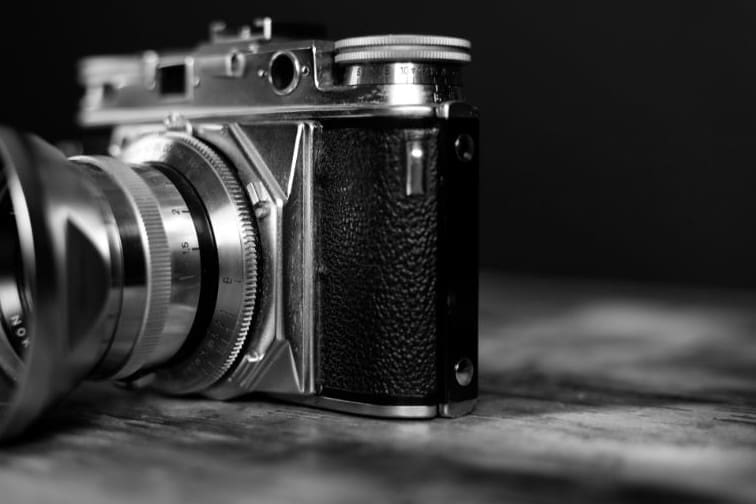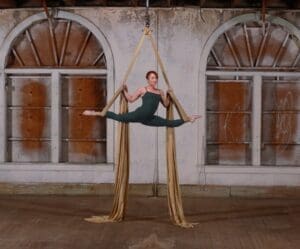Image courtesy Canva
When sending in a picture or video to help identify wildlife, it’s important to understand what makes it easier for wildlife experts to recognize the species. K-State wildlife specialist, Drew Ricketts, explains what he looks for in photos of wildlife and what helps him pin down what it is.
“One of the challenges that we have, whether we’re looking at tracks or whether we’re looking at a picture of an animal, oftentimes folks want to take really zoomed in close-up pictures. And the more zoomed in or close up a picture is oftentimes the less of the details that I need to see,” he said. “So keep in mind that a broad picture that shows not only the critter but the surroundings are good.”
Ricketts describes how he determines types of cats.
“Most wildlife managers have had a mamology class where we studied not only how to identify critters based on their outsides, but also their skulls and those sorts of things. The size of feet, the pad shape of a cat is very different than the pad shape of a dog. There’s also different shape to the toes. There might be claws on almost all dog tracks, but there’s not going to be claws on cat tracks when we see them. And so anytime somebody sends a picture to a wildlife biologist to try and figure out what that critter is in the picture, these are the kinds of things that we’re looking at,” said Ricketts.
Ricketts explains that wildlife managers can identify animals by their bone structure and tracks. Differences in skulls, foot size, pad shapes, toe arrangements, and presence of claws help distinguish species. Photos or videos sent to biologists are analyzed using these features to determine the animal’s identity.













